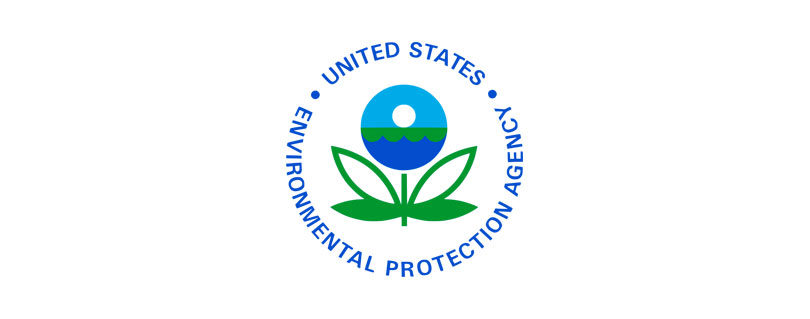EPA Settles with Nevada Company over Hazardous Waste and PCB Issues at Landfill
Publilshed by the U.S. Environmental Protection Agency (EPA)
Las Vegas – The U.S. Environmental Protection Agency (EPA) recently finalized a settlement with U.S. Ecology Nevada (USEN) over alleged hazardous waste and polychlorinated biphenyls (PCBs) violations at a hazardous waste landfill south of Beatty, Nevada. The company will pay a civil penalty of $185,429 to settle claims of violations of two federal environmental laws: the Toxic Substances Control Act (TSCA) and Resource Conservation and Recovery Act (RCRA).
EPA found that USEN violated its RCRA permit by improperly disposing of hazardous debris at the facility. Specifically, USEN failed to comply with the law by wrapping hazardous debris in materials that were not resistant to degradation, thus risking releases in the landfill. In addition, EPA found USEN violated TSCA requirements related to PCBs, primarily by failing to maintain its PCB storage building to prevent precipitation from coming into contact with the containers of PCB wastes stored inside, by using its PCB tanker truck loading pad to consolidate RCRA hazardous waste, and by improperly solidifying low-level PCBs (< 50 parts per million). The company also failed to label a PCB storage area properly, comply with the one-year disposal and Exception Report requirements, and date PCB containers with removal from service dates.
“Nevada residents should not have to live with the threat of exposure to harmful materials like PCBs and hazardous waste,” said EPA Pacific Southwest Regional Administrator Martha Guzman. “With these enforcement actions, EPA is holding facilities accountable when they fail to follow our nation’s critical chemical safety laws.”
PCBs belong to a broad family of manufactured organic chemicals known as chlorinated hydrocarbons. PCBs were domestically manufactured from 1929 until manufacturing was banned in 1979. They have a range of toxicity and vary in consistency from thin, light-colored liquids to yellow or black waxy solids. Due to their non-flammability, chemical stability, high boiling point, and electrical insulating properties, PCBs were used in hundreds of industrial and commercial applications.
For more information on PCBs, visit EPA’s Learn about Polychlorinated Biphenyls webpage.
For more information on EPA’s RCRA programs, visit EPA’s Resource Conservation and Recovery Act Laws and Regulation webpage.
For more information on reporting possible violations of environmental laws and regulations visit EPA’s Report an Environmental Violation, General Information webpage.
Learn more about EPA’s Pacific Southwest Region x. Connect with us on Facebook, Instagram, and X.
Read the full article at: https://www.epa.gov/newsreleases/epa-settles-nevada-company-over-hazardous-waste-and-pcb-issues-landfill


